Community associations, like all other entities in the United States, have had to learn to navigate a new landscape of COVID-19 restrictions in the past year. Associations have had to adapt to the ever-changing situation on the fly, filling in the gaps left by government guidelines and legal requirements in order to fulfill their obligation to, among others, safely maintain common areas. While it seems that the pandemic will unfortunately continue through at least the winter and spring, associations should be prepared for the eventual easing of restrictions, which in some areas is already beginning.
Above all, associations must always follow applicable federal and state law. When the two differ, associations must adhere to that which is most restrictive. As of this writing, Governor Polis’ Executive Order mandating mask-wearing is still in effect. Although its limitation to “public indoor spaces” seemingly excludes association common areas that are only open to residents and guests, the term has been defined to include “all enclosed indoor areas, whether publicly or privately owned or managed, except an individual’s residence.” This means that, in Colorado, wearing masks is mandatory in association common areas, including laundry rooms and stairwells, and associations therefore must require that staff, residents, and guests wear masks in any indoor areas other than individual units.
Beyond the statewide mask mandate, Colorado has also instituted the COVID-19 dial, which assigns one of six colors to each county based on that county’s assessed risk level. The color assigned to a county is based on a number of metrics, including local case numbers and hospitalization rates, and provides counties with a framework for restrictions to implement based on its risk level. Associations must be aware of the current color level of the county in which it is located and should use it as a first step when considering whether to open or close amenities. For example, depending on a county’s risk level, indoor gyms may be entirely prohibited from opening, while all six levels prohibit them from operating at maximum capacity.
Associations should adhere to CDC guidelines as well, which include social distancing and sanitization recommendations. We recommend that, at a minimum, associations advise residents to practice social distancing, conduct meetings virtually, provide hand sanitizer throughout open common areas, and implement an increased cleaning schedule.
Furthermore, associations can always implement rules and regulations that are stricter than those imposed by federal and state laws. CCIOA affords associations, subject to their governing documents, the ability to “regulate the use, maintenance, repair, replacement, and modification of common elements.” This entitles associations to implement regulations regarding common areas that enforce the law, such as a mask mandate, but also stricter measures should the association so decide. For example, while CDC guidelines that require six feet of social distancing may limit elevator capacity to two unrelated parties, an association may institute a rule that limits elevator capacity to only one family at a time.
When deciding whether to open certain amenities in accordance with COVID-19 dial restrictions, Boards should examine each amenity individually. An outdoor playground and an indoor pool present different considerations. Specifically, Boards should consider any increased costs that will be incurred in adhering to local restrictions and CDC guidelines, such as increased staffing costs to enforce capacity limitations or institute increased sanitation. The association’s general liability insurance policy should also be consulted. It may contain exclusions regarding bacteria and/or communicable diseases, which may open the association to liability for possible COVID-19-related claims. If the decision to open an amenity is made, and even before such a decision is made, Boards should develop a plan for its safe reopening and should communicate this plan to the community.
In fact, one of the most important things an association can do regarding any safety precautions it implements is to communicate them to the community. We recommend frequent, substantial communication to residents, via email and signage in common areas. Communications should identify community requirements and, crucially, the underlying rationale, whether prompted by law or by concern for residents’ health and safety. Transparency is invaluable in encouraging community compliance and thus in minimizing the spread of COVID-19 as much as possible, which should be the goal of any association.
Alyssa E. Chirlin – Attorney at Smith Jadin Johnson, PLLC
STAY UPDATED
Enter your email below to be included on our newsletter!
